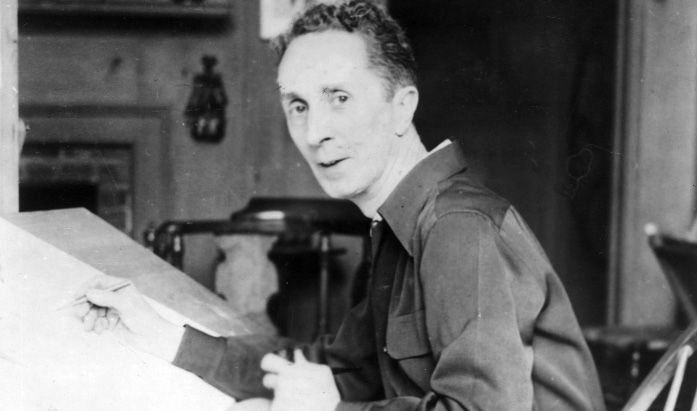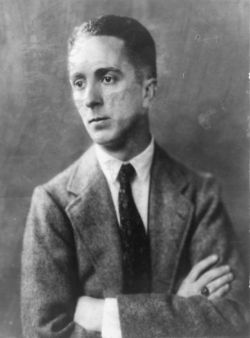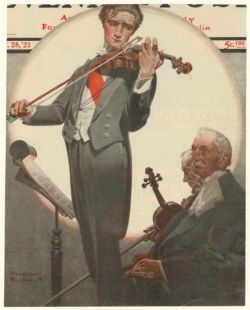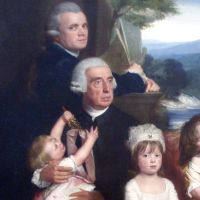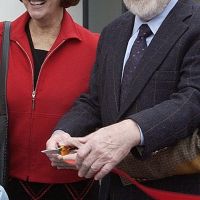Primary Source
…. As we move from the Bicentennial Year into our third century, America must remain a place where men and women are encouraged to create, to innovate, to explore, and to set the very highest standards, whatever their vocation….
Artist, illustrator and author, Norman Rockwell has portrayed the American scene with unrivaled freshness and clarity. Insight, optimism and good humor are the hallmarks of his artistic style. His vivid and affectionate portraits of our country and ourselves have become a beloved part of the American tradition….
In closing, let me voice our country's deep gratitude and great appreciation, not only to you but to all those who helped you achieve what you accomplished. Each of you has friends, coworkers, teammates, families who share in your achievements and in our pride today….
President Gerald Ford at the presentation of the 1977 Presidential Medals of Freedom, January 10, 1977 www.medaloffreedom.com/1977Recipients.htm


